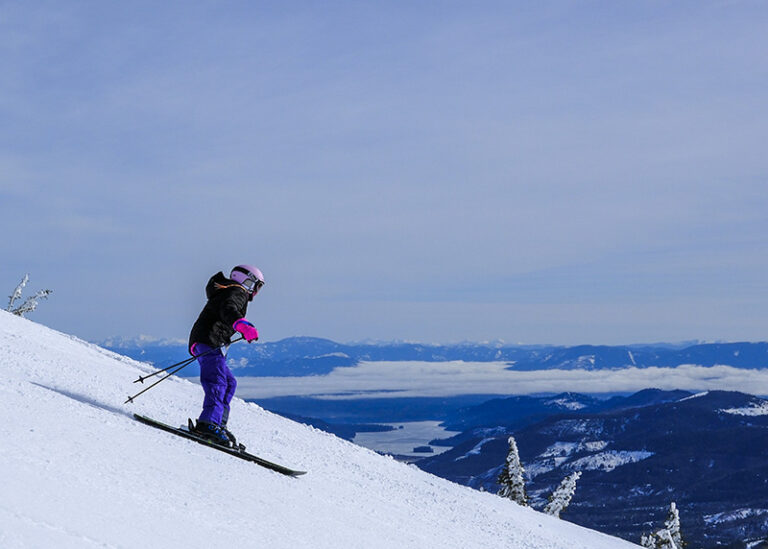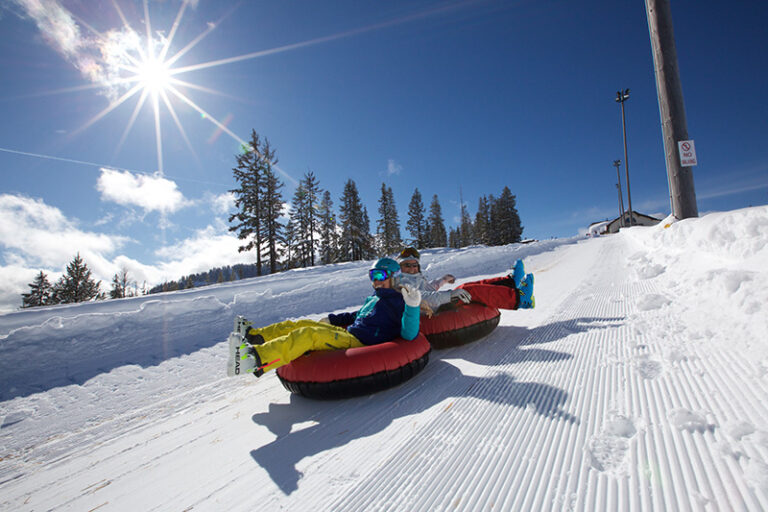The Inland Northwest is nothing if not rich in water — Priest Lake, Pend Oreille, Coeur d’Alene, the Kootenay — and they rely on the tributaries running from the mountains to feed them. The health of mountain streams has direct consequences on whatever and whoever plays in the runoff. Stream health can make or break whatever food is grown using that water, and it can potentially destroy the downstream insects and smaller creatures pollinating crops. While stream health is based on the larger ecosystem surrounding it for miles, humans can help to strengthen, rather than deteriorate, the health of mountain streams.
Barefoot hiking with little to no gear is a wonderful way to keep yourself aware of this balance. When you’re barefoot, you watch where you’re going and what you’re stepping on, leaving the terrain almost entirely unchanged. When you aren’t wearing shoes, you’re unlikely to crash through things. Rocks in streams can play a major role in sheltering fish and other aquatic wildlife, and exploring streams barefoot means you’re less prone to kick or move rocks, and hence less prone to destroy some creature’s home.
Keeping your gear to a minimum means you’re less likely to leave snack wrappers behind or forget your bottle of insect repellant — both of which can get washed into streams and kill things. Minimal gear also allows you to move more lightly and easily, swimming through pools or crawling over rocks unhampered by excess.
The particular skills of hiking up streams and canyons or navigating waterfalls and currents require this kind of minimalistic approach (unless you’re going full canyoneering with ropes, harnesses, and carabineers, which is a different subject). Minimalist immersion stream hiking also requires high air temperatures as well as personal strength and flexibility. You need to be capable of any number of physical demands depending on the stream, but good balance and strong swimming (and wading) skills are crucial. Being reasonably adept at bouldering and broad jumping can also come in handy.
Earlier this summer, two friends and I went out to do some barefoot stream hiking, only to discover that the stream we had in mind was far too strong to traverse. We hiked the banks barefoot and numbed our feet in only a few seconds of exposure. When we made it back to our 1990s Mitsubishi Montero, we discovered the battery was dead because we’d left the lights on. Being saved by another car was unlikely — nobody else had ventured out to our remote location during the hours we’d spent there, so we put the vehicle in neutral and coasted partway down the primitive road. This worked for a few miles, until we had to get out and push the car over some flat spaces — a tricky proposition if you’re so into minimalist hiking that you’ve brought no shoes and the gravel is rugged. We abandoned the car and hiked (still barefoot) until we encountered a truck, whereupon we hitched a ride and got the car jumped. The moral of the story is that, particularly if you’re going minimalist, you need to have some back-up gear in your car — and it’s always a good idea to check that your lights are off before hiking for several hours.
Safety is paramount with strong currents and slippery rocks, so always take a partner. And always proceed with caution: these situations can get bad with one wrong step. Hypothermia presents a serious risk with snowmelt, particularly if the trek goes later into the day. However, careful planning and common sense can lead to many rewarding hours of stream exploration that is easy on both the environment and the feet. //
Katie Botkin is the managing editor of MultiLingual magazine, which ships to 87 countries. She frequently does international travel and adventure writing, and enjoys rock climbing and snowboarding. She wrote about the Coldsmoke Powder Festival in our January/February issue.













